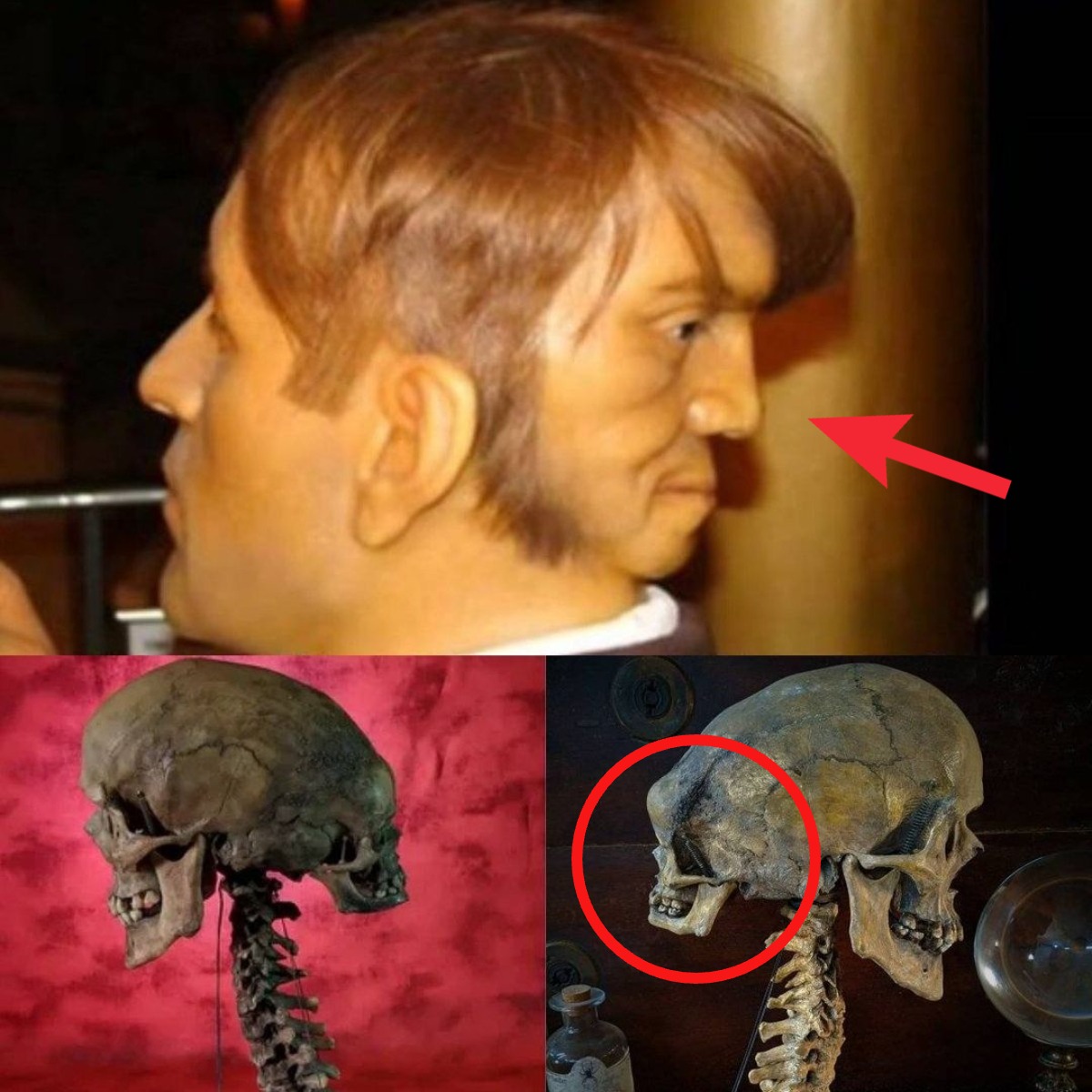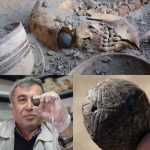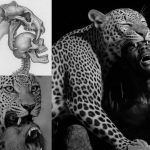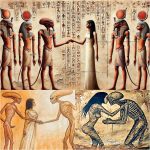The Mystery of the Two-Headed Skull: Ancient Anomaly or Symbolic Artifact?

Archaeology often uncovers artifacts that challenge our understanding of history, biology, and human culture. Among the most fascinating recent discoveries is a centuries-old two-headed skull, an anomaly that has intrigued researchers and historians alike. Preserved with remarkable care, this skull raises profound questions about genetics, congenital conditions, and the cultural context of the civilization that once safeguarded it. By combining modern scientific analysis with historical research, archaeologists are hoping to unravel one of the most mysterious finds in human history.
A Rare Anatomical Discovery

The two-headed skull presents a rare example of cranial duplication, a phenomenon in which a congenital condition may lead to the development of two distinct heads or facial structures. Known scientifically as cranial bifurcation or dicephaly, such anomalies are exceedingly uncommon and often incompatible with long-term survival. The presence of this skull, carefully preserved for centuries, suggests that the civilization responsible recognized its uniqueness and perhaps attributed ritualistic or spiritual significance to it.
Detailed autopsy and skeletal analysis are shedding light on the condition. Researchers are examining bone density, cranial sutures, and structural features to determine whether the skull belonged to a single individual with a rare congenital anomaly or if it was an intentionally altered or symbolic creation. Early results indicate extraordinary craftsmanship in preservation, hinting at both anatomical observation and cultural reverence for unusual phenomena.
Cultural and Ritual Significance
Across civilizations, anomalies like two-headed skulls often held symbolic or ceremonial importance. Ancient peoples frequently interpreted physical anomalies as signs of divine favor, omens, or sacred knowledge. In this context, the skull could have been preserved not merely as a biological curiosity, but as an artifact imbued with spiritual or cultural meaning. Archaeologists are exploring burial sites, artifacts, and inscriptions associated with the skull to understand the rituals, beliefs, and societal practices surrounding its care.

The meticulous preservation also suggests that early civilizations had a sophisticated understanding of anatomy, ritual practices, and possibly early medical knowledge. By studying this skull, researchers hope to gain insight into how humans historically interpreted and interacted with rare anatomical phenomena, providing a window into the interplay between science, spirituality, and art in ancient societies.
Modern Techniques in Understanding Ancient Mysteries
Today, advances in imaging, DNA analysis, and forensic anthropology allow scientists to revisit such anomalies with unprecedented precision. Techniques like CT scanning, radiocarbon dating, and genetic sequencing are being applied to the two-headed skull to explore its origins, age, and biological plausibility. These methods promise to clarify whether the skull represents a genuine congenital anomaly, a symbolic artifact, or even a carefully constructed piece of ancient art intended to convey spiritual or mythological messages.
Conclusion
The mystery of the two-headed skull represents a remarkable intersection of biology, culture, and history. Its preservation across centuries speaks to the reverence and curiosity of ancient civilizations, while modern science provides tools to unlock its secrets. Whether it turns out to be a rare anatomical anomaly or a symbolic creation, the skull challenges our understanding of human evolution, ancient knowledge, and the ways in which societies interpret the extraordinary. As researchers continue to study this enigmatic artifact, the two-headed skull stands as a testament to humanity’s enduring fascination with the unknown.











